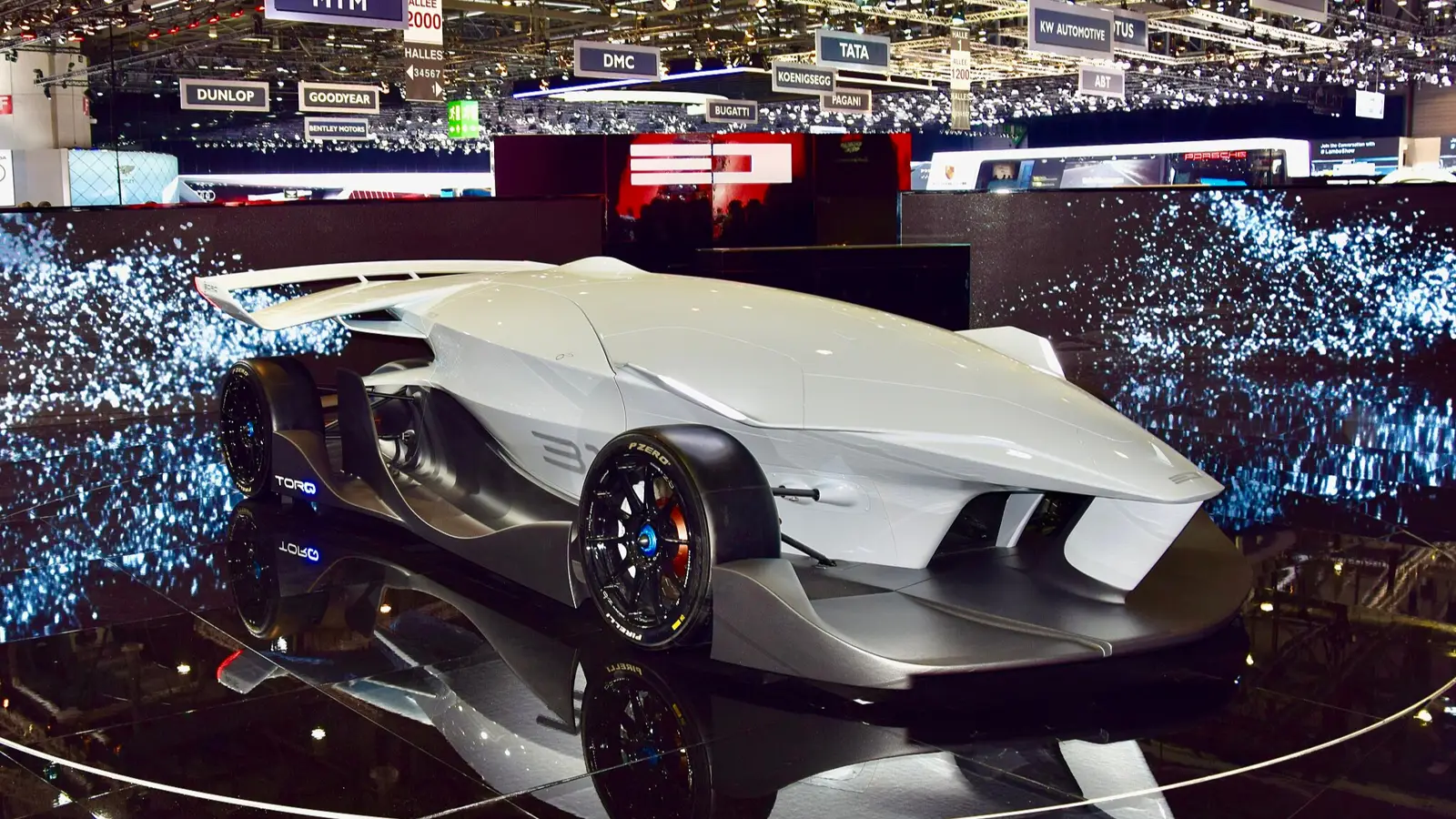What Happens to Concept Cars After Auto Shows — Real Stories and Examples

Discover what happens to concept cars after auto shows: storage, dismantling, sales, or education. Learn how prototypes shape the automotive future.
On the grand stage of global auto shows, concept cars have always held a unique place. These futuristic prototypes, with their bold lines, daring engineering choices and eye-catching interior details, serve multiple purposes — none of which are reduced to simply putting a striking shape on wheels.
First and foremost, a concept car is a laboratory on wheels. Manufacturers use these machines to test technologies and design ideas that are still far from hitting production lines. Polestar, for example, stresses that concept cars let the brand trial new materials, forms and even rethink how drivers interact with their vehicles.
But technology alone doesn’t sell the dream. An auto show is also a massive social experiment. When a dazzling prototype takes the spotlight, it acts as a detector for public opinion. Automakers gather valuable feedback — is the idea worth pursuing, or do spectators and journalists see it as a beautiful but ultimately impractical sculpture? As Torque News notes, these showstoppers are often part of a larger marketing game: companies spark interest without promising the concept will ever become reality.
For branding, concept cars are priceless. A single spectacular prototype can cement a brand’s reputation as an innovator. Auto Guru Hub highlights that these headline-grabbing show cars become a signature for the brand, even if they never make it to mass production.
One vivid example is the fresh work by Skoda designers. In June 2025, they unveiled a modern electric Ferat concept, reviving the sinister legend from the 1981 Czech horror film. This project, part of Skoda’s Icons Get a Makeover series, shows how a classic can be reborn as a clean, wedge-shaped EV that charges from the grid yet keeps its dark soul intact (skoda-storyboard.com).
But what happens when the lights fade? For most concept cars, the answer is surprisingly ordinary. The best prototypes are stored in company museums or private archives, preserving the brand’s history and design legacy. Trucksauthority confirms that many remain hidden away, testaments to what could have been.
Some prototypes meet a sadder fate — they’re dismantled or scrapped. The logic is simple: protect confidential innovations and avoid spending money maintaining a static show car. Pendle Lease describes this step as an unavoidable part of safeguarding technology.
Occasionally, true collectors manage to secure a concept car for themselves. A prime example is the Lamborghini Egoista, which sold for an astonishing $117 million. Such deals are rare, but they show that sometimes, concept cars do escape the stand and find a new home in private garages.
Another route leads to education. Some companies donate prototypes to universities and colleges. There, students study experimental systems, practice design and get hands-on with technology they’d never see in a standard production model.
So why don’t concept cars become everyday cars? Several barriers stand in the way. Science ABC points out that most concepts don’t meet modern safety or emissions standards. Add sky-high production costs, and it’s clear why mass production often makes no financial sense. Finally, many prototypes are simply too impractical for daily life — they’re sculptures on wheels, not commuters for the morning rush.
Yet, the impact of these bold prototypes is undeniable. Automagx and Automotive Quest show how ideas tested in concept cars shape future production models. From striking design elements to cutting-edge technology, these visions are refined and eventually find their way into cars people can actually buy.
Concept cars remain an essential piece of the automotive story. They allow brands to dream, experiment and take risks where finished production vehicles can’t. And while most will stay hidden in archives, their influence on the cars of tomorrow is impossible to ignore.
Allen Garwin
2025, Jul 04 00:04


